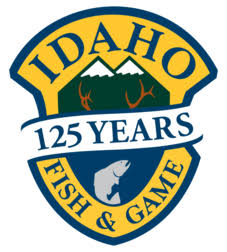DNR requests angler assistance in studying Lake Michigan smallmouth bass
 The Department of Natural Resources is requesting help from anglers in an ongoing study of smallmouth bass in northern Lake Michigan.
The Department of Natural Resources is requesting help from anglers in an ongoing study of smallmouth bass in northern Lake Michigan.
Central Michigan University (CMU) and the DNR have been tagging smallmouth bass in the Beaver Island Archipelago since 2005, at Waugoshance Point (Wilderness State Park) since 2009, and in parts of Grand Traverse Bays since 2014. Anglers are asked to report the whereabouts of these tagged smallmouth bass by providing information on capture, capture location and tag number to the DNR via michigandnr.com/taggedfish/tags. If anglers release tagged fish, please do not remove the tag and just report the requested information on the website as indicated.
“Northern Lake Michigan is recognized as one of the top bass fishing destinations in the country, and tagging studies help to provide the scientific basis for management of this world-class fishery,” said Dave Clapp, Charlevoix Fisheries Research Station manager. “Thanks to the efforts of many contributing anglers who’ve reported information on captured smallmouth bass, we have greatly expanded our knowledge of the northern Lake Michigan fishery.”
Since 2005, more than 7,000 smallmouth bass have been caught, tagged and released back into Lake Michigan. Each smallmouth bass has a unique number on its tag, allowing for the tracking of its individual movement and growth. Returns of tagged smallmouth bass have provided insights into movement and nesting habitat within the Great Lakes.
These studies also have demonstrated that smallmouth bass have increased in size and number, compared to 20 or 30 years ago. Smallmouth bass in northern Lake Michigan are among the fastest-growing of this species in North America. Ongoing support from anglers allows the DNR and CMU to continue to expand their knowledge of Great Lakes smallmouth bass populations and fisheries.





